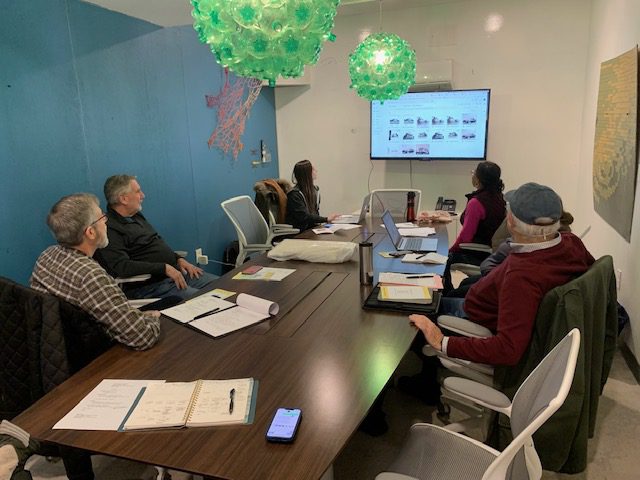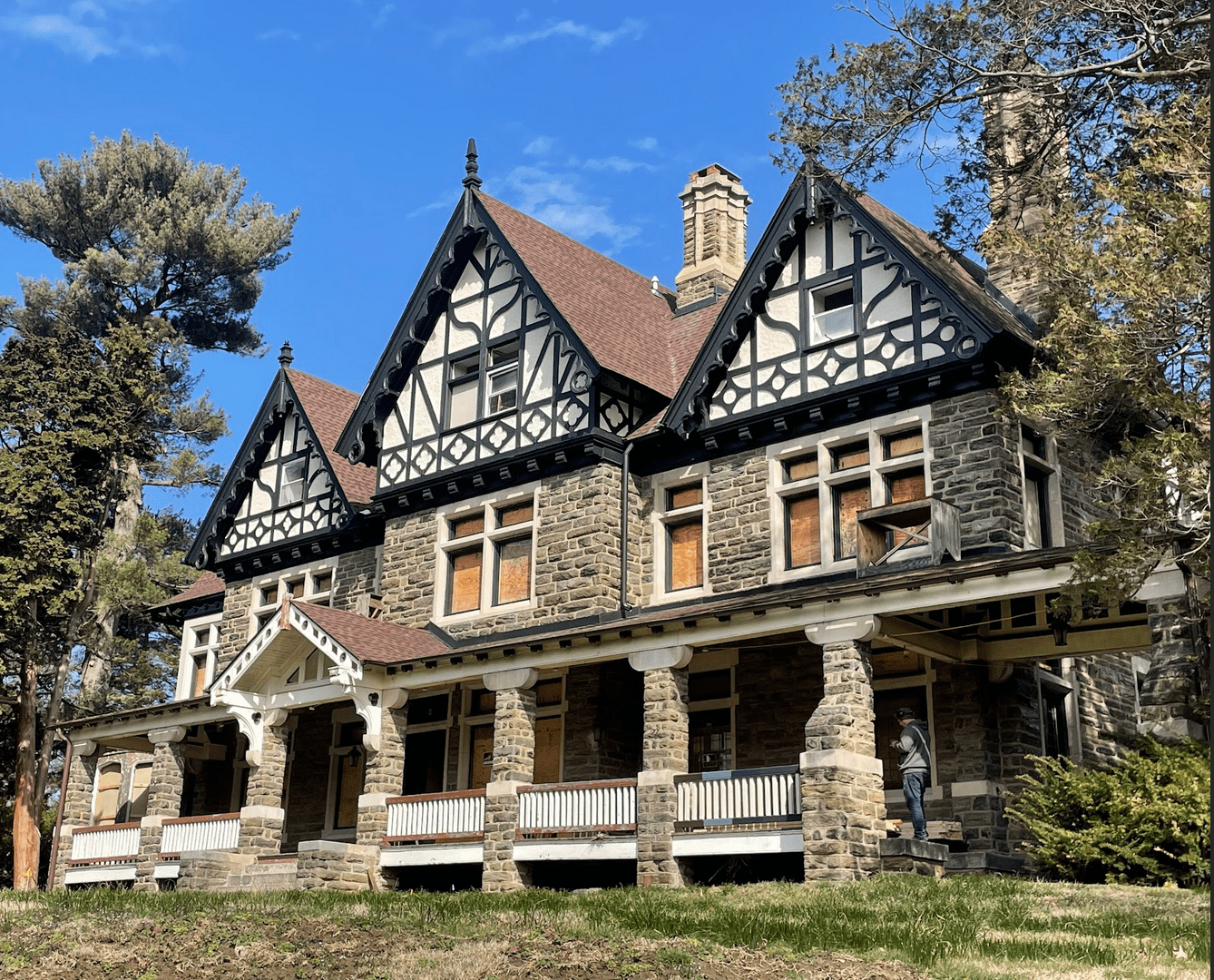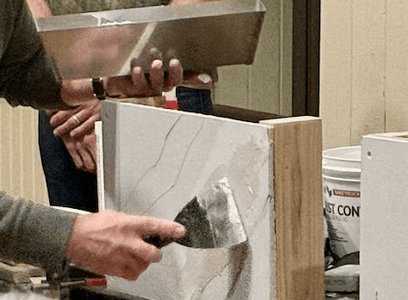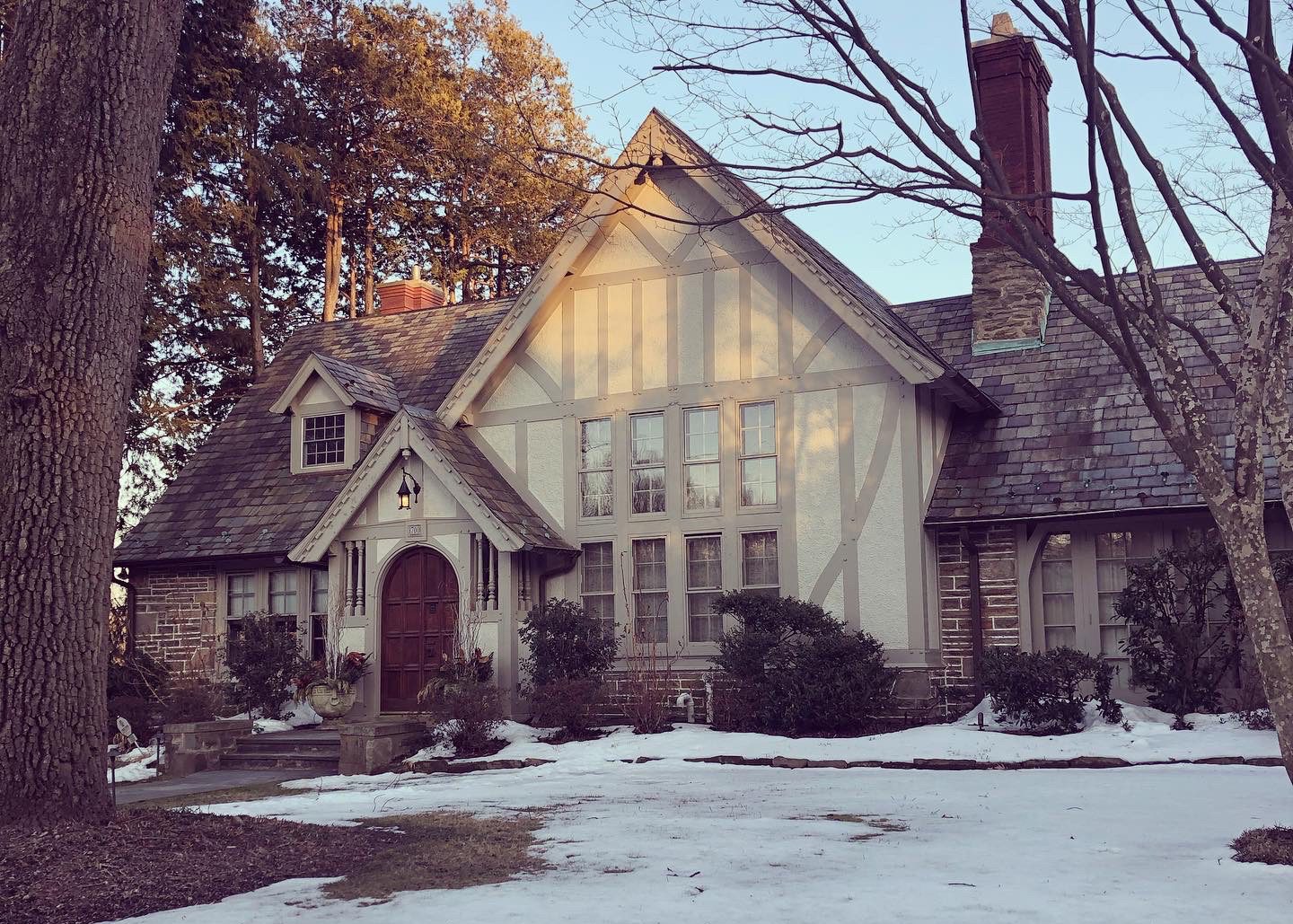WMAN Historic Preservation Initiative
Our vision:
“WMAN Historic Preservation Initiative champions the economic, environmental, and community benefits of preserving our historic places”
As one of the most diverse and desirable neighborhoods in our historic city, West Mt. Airy faces uniquely intense pressures between historic preservation and development. Driven by varied – yet overlapping – guiding principles that promote the value of saving our tangible and intangible history for future generations, WMAN champions the economic, environmental, and community benefits of saving our historic places, while still recognizing the need to support managed growth and development in our community.
Our goal:
The goal of WMAN Historic Preservation Initiative is to identify and protect our historic built heritage for the future.
About:
A group of dedicated neighbors meets regularly to strategize and take action in support of Mt. Airy’s historic built environment. Formed in 2022, this WMAN subcommittee has successfully prepared multiple nominations for the historic designation of individual buildings and thematic districts, which have been accepted and added to the Philadelphia Register of Historic Places. In addition, HPI has organized house care workshops and house tours, and regularly publishes details on the historic buildings in our neighborhood in the Shuttle and on this website.
For more information, or to get involved with our historic preservation initiatives, please contact us at wmanhpi@gmail.com.

Latest News:

Old House Care 2025 Workshop Series
This spring, HPI once again partners with Cliveden of the National Trust to organize an Old House Care workshop series. Workshops will take place on three consecutive Tuesdays from April 22 – May 6th with the following topics:
- Masonry: Mortar and Brick (April 22nd, 6:30pm-8:00pm)
- Roofing (April 29th, 6:30pm-8:00pm)
- Electrical Systems in Historic Houses (May 6th, 6:30-8:00pm)
Online registration recommended as space is limited.
Historic Preservation: What is it and why does it matter?
Historic preservation aims to protect historic resources both now and for the future. This is often realized through the process of historic designation, which is when a building(s) or other historic resource is placed on an official list (the “Register”) and is regulated by an authorized body. There are different Registers at the local and nation levels, each offering different benefits and different levels of protection.
There are many studied benefits for preservation, broadly encompassing economic and environmental concerns, as well as quality of life/sense of place.


Old House Care
Old houses were generally built with high quality materials that last many years, and can repaired rather than replaced. However, many home owners and even contractors are not familiar with maintenance and repair methods. The following information has been gathered from several Old House Care workshops that HPI has offered, and can help home owners with DIY maintenance and repairs or even just have a more informed conversation with a contractor.
Did you know?
Sadie T.M. Alexander House
700 Westview St
Constructed: 1915
Architectural Style: Tudor Revival, early 20th Century
This home is historically significant and it is on the Philadelphia Historic Register of Historic Places due to its association with Sadie Tanner Mossell Alexander (1898-1989) and her husband Raymond Pace Alexander (1897-1974). The Alexanders were political activists in education, law and civil rights, locally and nationally…
Read about this and other West Mt. Airy properties HERE










